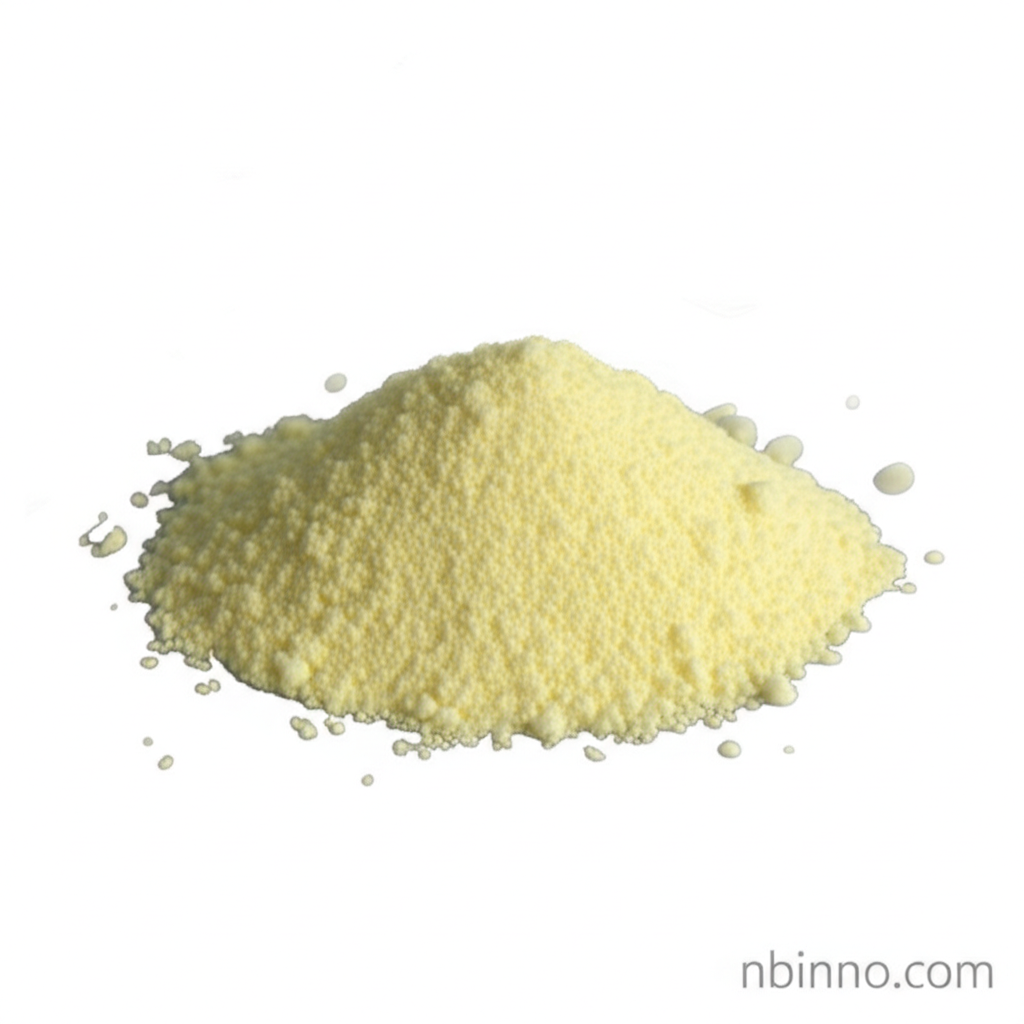Tribromoneopentyl Methacrylate: Your Key Chemical Intermediate
Discover the essential properties and applications of this vital brominated compound.
Get a Quote & SampleProduct Core Value

Tribromoneopentyl Methacrylate
Tribromoneopentyl Methacrylate, identified by CAS number 37721-71-4, is a crucial chemical intermediate utilized in various specialized chemical synthesis processes. Its unique molecular structure and high bromine content make it a valuable component in the development of advanced materials.
- Explore the chemical synthesis of tribromoneopentyl methacrylate to understand its production pathways.
- Investigate the properties of tribromoneopentyl methacrylate to determine its suitability for your specific applications.
- Find reliable tribromoneopentyl methacrylate suppliers for consistent quality and availability.
- Learn about the benefits of using tribromoneopentyl methacrylate in your next project by checking its key applications.
Key Advantages
High Bromine Content
The significant bromine content in tribromoneopentyl methacrylate is crucial for its role in applications requiring specific chemical properties, potentially linked to flame retardancy.
Versatile Intermediate
As a versatile intermediate, it can be sourced from trusted tribromoneopentyl methacrylate suppliers to facilitate complex organic synthesis.
Specific Chemical Properties
Understanding the properties of tribromoneopentyl methacrylate is key to unlocking its full potential in advanced material science and chemical research.
Key Applications
Organic Synthesis
The chemical synthesis of tribromoneopentyl methacrylate is a foundational step for its use as an intermediate in creating more complex organic molecules.
Specialty Monomers
Its structure makes it a candidate for use as a specialty monomer in the development of advanced polymers and materials.
Research Chemicals
Researchers often buy tribromoneopentyl methacrylate for experimental purposes, exploring its reactions and potential uses in novel applications.
Material Science
The unique properties of tribromoneopentyl methacrylate lend themselves to applications in material science, particularly where specific chemical functionalities are required.
